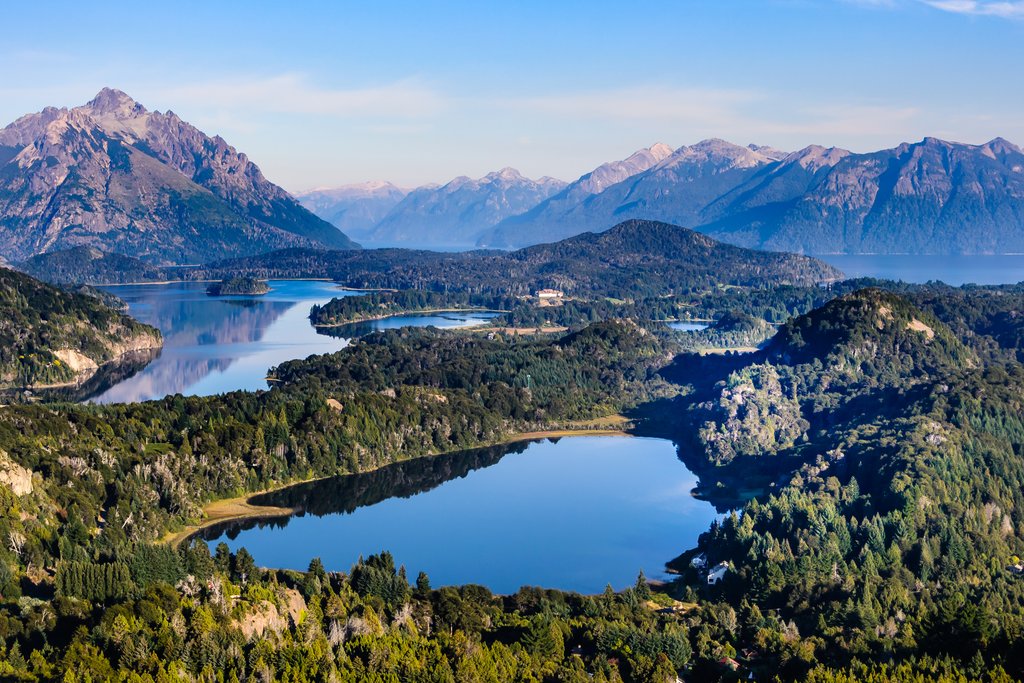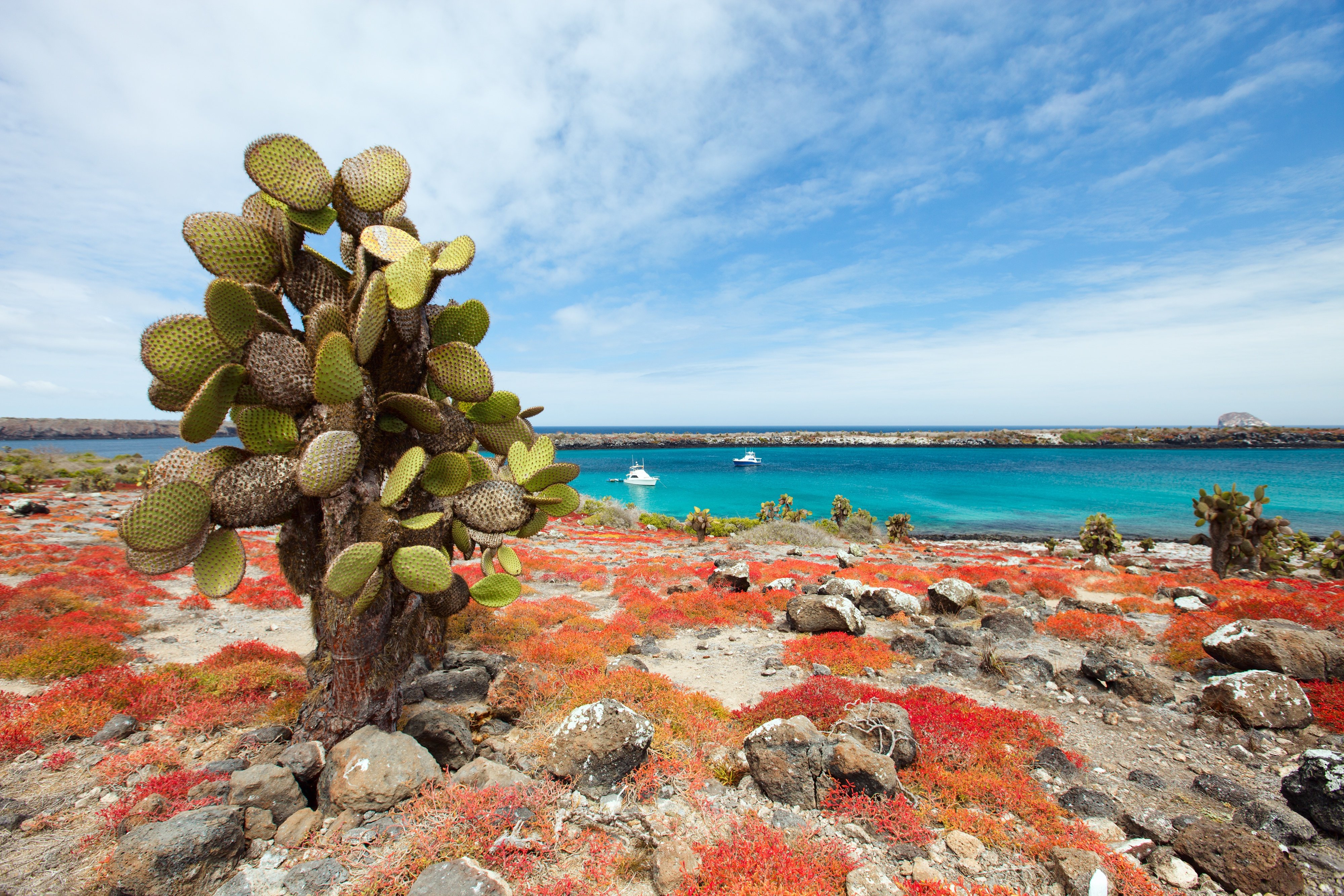Ready to start planning a trip to South America but unsure where to go? Lost World Adventures staff members have put together a short list of what we consider the "Best of South America" - must-see, bucket-list, top places and areas throughout the continent - the best South American travel destinations.
MACHU PICCHU
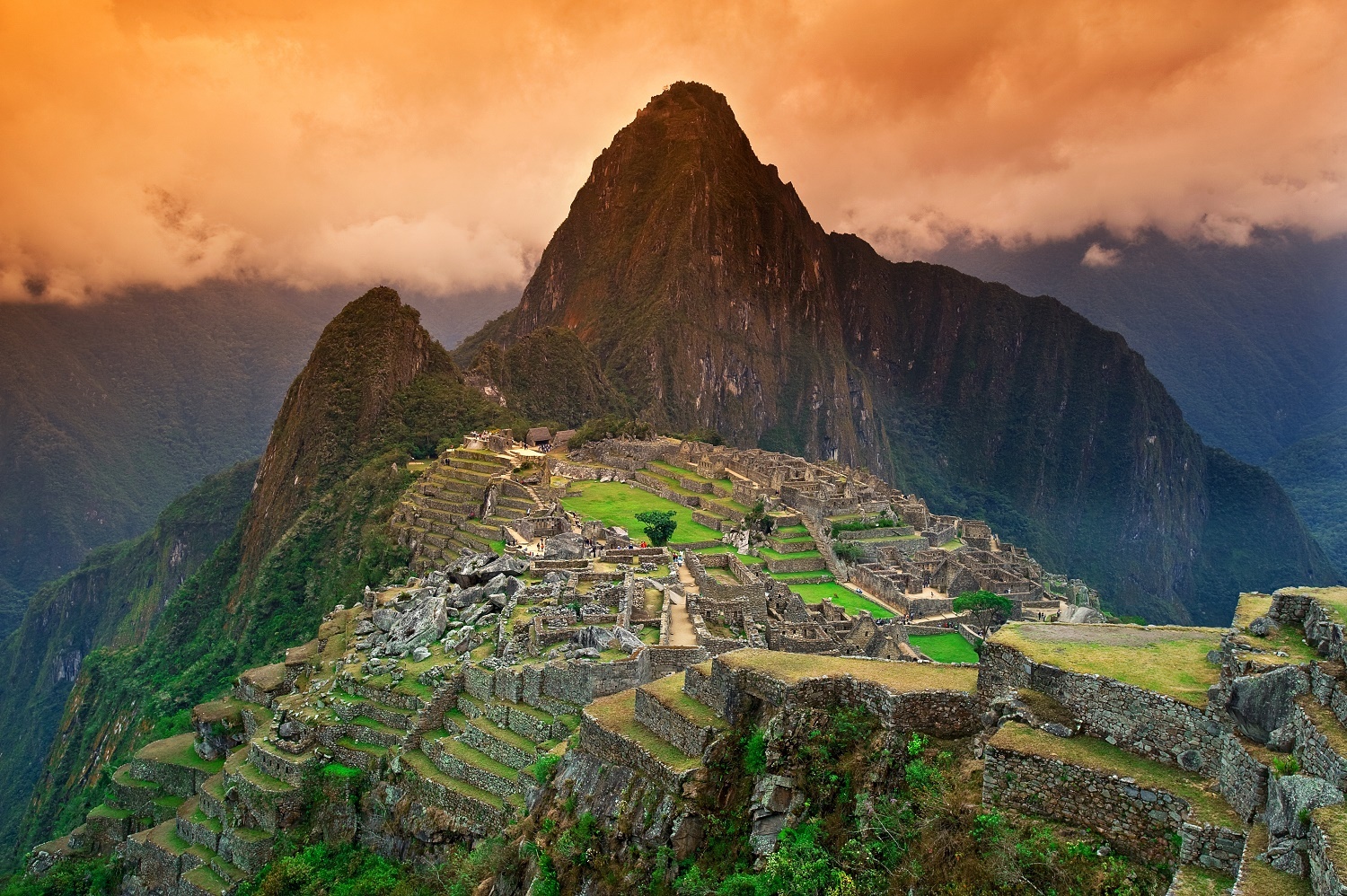
The famed Inca citadel, UNESCO World Heritage Site and one of the New Seven Wonders of the World, is popular for good reason and still one of the world’s top must-sees and a leading contender on many bucket lists. Most visitors arrive by train from Cusco and the Sacred Valley. More adventurous travelers can take challenging treks to Machu Picchu. The classic Inca Trail Trek may be the premier route to Machu Picchu, but there are now several treks that end at the famous Inca ruins: Salkantay treks take a more circuitous route across Salkantay Pass beneath Nevado Salkantay to Chaullay, then follow the Rio Ahobamba to the hydroelectic station and the train to Aguas Calientes. Options include fully-supported 3- and 4-night camping expeditions and the 6-night Lodge-to-Lodge trek, with overnight accommodations in rustic but comfortable lodges located along the route. Lares treks follow various less-traveled, high-altitude routes in the Sacred Valley through small Andean communities and valleys, past lakes, surrounded by high Andes. Options include 3, 4 and 6-night camping expeditions and the 5 and 7-night Lodge-to-Lodge trips, all finishing with the train from Ollantaytambo to Machu Picchu Station in Aguas Calientes. Our 4-night Moonstone to Machu Picchu trek along the The Moonstone Trail is much less visited; you will not encounter many tourists on your way to the Sun Temple. Hike through the eastern part of the Inca Trail and revel in nature visiting the quarry site of Cachicata. This is a fascinating place where the Incas used to gather and carve the rocks to build the different constructions like the spectacular fortress of Ollantaytambo. Once at Machu Picchu your tour of the ruins does not have to end there. For the more intrepid there are wonderful, short but steep, hikes to Machu Picchu Mountain and Huayna Picchu, the prominent pyramidal peak rising behind the ruins found on many classic photos. A variety of hotel options are offered to visitors. The Belmond Sanctuary Lodge, the only hotel located adjacent to the ruins, the Sumaq Machu Picchu and Inkaterra Machu Picchu are considered two of the best high-end hotels. The MaPi Inn is our favorite mid-range selection.
Lost World Adventures Trips to Machu Picchu
THE GALAPAGOS…
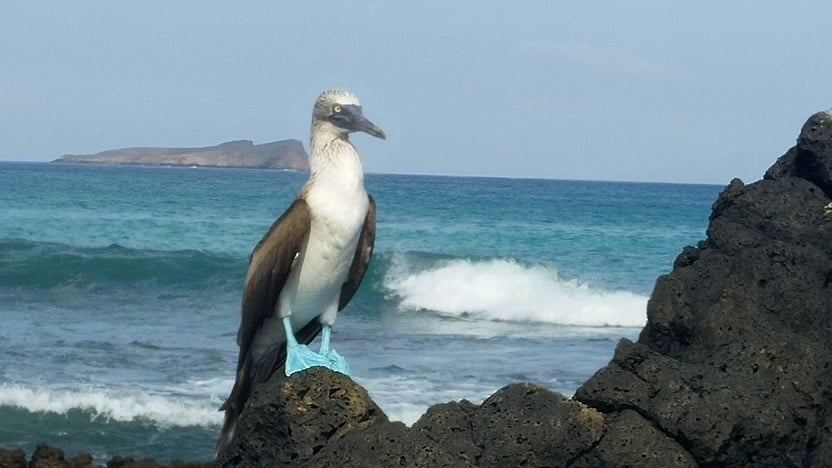
The archipelago of volcanic islands straddling the Equator in the Pacific Ocean and home to the highest number of endemic species on Earth. These are just some of the endemic species that can be spotted on the various islands: Marine Iguana, Darwin's Finch, Flightless Cormorant, Galapagos Penguin, Galapagos Tortoise. Other fascinating animals include the Frigatebird, Blue-footed Booby, Sea Lion, five species of dolphin. You can explore the islands on a variety of cruises or lodge-based programs. Whether on a cruise or staying at a hotel, all your meals and daily guided excursions are included: Scuba diving, snorkeling, kayaking, island walks and wildlife spotting, a rigorous hike up Sierra Negra Volcano on Isabela Island. The primary islands - Santa Cruz, Isabela, Floreana, Fernandina, Bartolomé, Española, Genovesa, Rábida, Santa Fe, Santiago, North Seymour – can all be reached and are included partly on most cruise itineraries, how many depends on the length of cruise. Boat options include small 16-passenger yachts, mid-sized vessels or large luxury vessels. Hotel-based programs include daily land explorations and full-day trips to neighboring islands. Hotels are located on several of the inhabited islands, the main ones on Santa Cruz Island. Galapagos Safari Camp offers eco-luxury tented camp lodging, following the African safari tradition, on a 55-hectare farm. Multi-day safaris feature excursions on Santa Cruz, a day trip to one of the uninhabited islands, a fishing trip. Safaris can be combined with a cruise extension. Finch Bay Eco Hotel offer multi-island packages with itineraries that include day trips to neighboring islands and island-hopping packages that include an overnight stay at their lodge on the island of Isabela. Pikaia Lodge on Santa Cruz offers luxury accommodations, gourmet meals and guided day trips by private yacht to the islands of South Plaza, Santa Fe, Bartolomé.
The Galapagos is an ideal year-round destination with two distinct seasons: warm, cloudy with a little rain; dry and sunny with little, if any rain. The varieties of trip styles and activities makes the Galapagos a perfect destination for families, honeymooners, young and old.
Lost World Adventures Trips to the Galapagos Islands
AMAZON
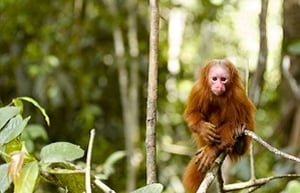
When you hear Amazon, you think the Amazon River (or a website), but there’s so much more than the river itself: the Amazon basin, Amazon rainforest, Amazonia – the largest rainforest in the world. The Amazon basin, a vast watershed for the mighty Amazon River, drains a multitude of tributaries (and tributaries of tributaries) including the Marañon, Ucayali, Napo, Pastaza, Madre de Dios, Beni, Rio Negro, among many others. Although the majority of the rainforest is contained in Brazil, parts of the basin cover Peru, Ecuador, Colombia, Bolivia, Venezuela, Suriname and French Guiana. The biodiversity of the Amazon region is truly amazing making up the world’s largest collection of flora and fauna. Some rainforest lodges have nearby access to clay licks that attract hundreds of macaws and parrots on a daily basis. Pink river dolphins can be spotted (and piranha can be caught, and eaten) in the lower tributaries and the Amazon River itself. Oxbow lakes are home to Giant Otters. Jungle trails are decorated with orchids, bromeliads, heliconia, lianas, venus fly traps, bird-of paradise. Giant ciebas, strangler figs, mahogany are a few of the estimated 16,000 species of trees in the Amazon. Manu National Park, the Tambopata National Reserve and the Pacaya Samiria National Reserve in Peru; Yasuni National Park in Ecuador; Madidi National Park in Bolivia; Anavilhanas National Park in Brazil. These, and other parks and reserves, can be explored from jungle lodges and riverboats. Isolated lodges are situated deep in the forest, reachable only by boat or plane. In Peru rainforest lodges located along the Rio Madre de Dio up and downriver from Puerto Maldonado and upriver along the Amazon and its tributaries near Iquitos. Several of Ecuador's best rainforest lodges are located within the Yasuni National Park and Biosphere Reserve, downriver from Coca along the Napo River. The Napo Wildlife Center is tucked further afield up Añangu Stream on Añangu Lake. More remote lodges, such as Kapawi Amazon Lodge in Ecuador or Uacari Floating Lodge located in the Mamirauá Sustainable Development Reserve in the Medium Solimões region of Brazil, can only be reached by aircraft and boat. Cruises in Peru depart from Iquitos, sailing up the Amazon to the Marañon and Ucayali rivers, into the Pacaya Samiria National Reserve. Cruises in Brazil depart from Manaus, sailing up the Amazon River or up the Rio Negro to the Anavilhanas Archipelago.
THERE'S A WHOLE LOT MORE TO PATAGONIA THAN TORRES DEL PAINE AND THE PERITO MORENO GLACIER...AND A WHOLE LOT MORE TO BE DISCOVERED BY INTREPID TRAVELERS.
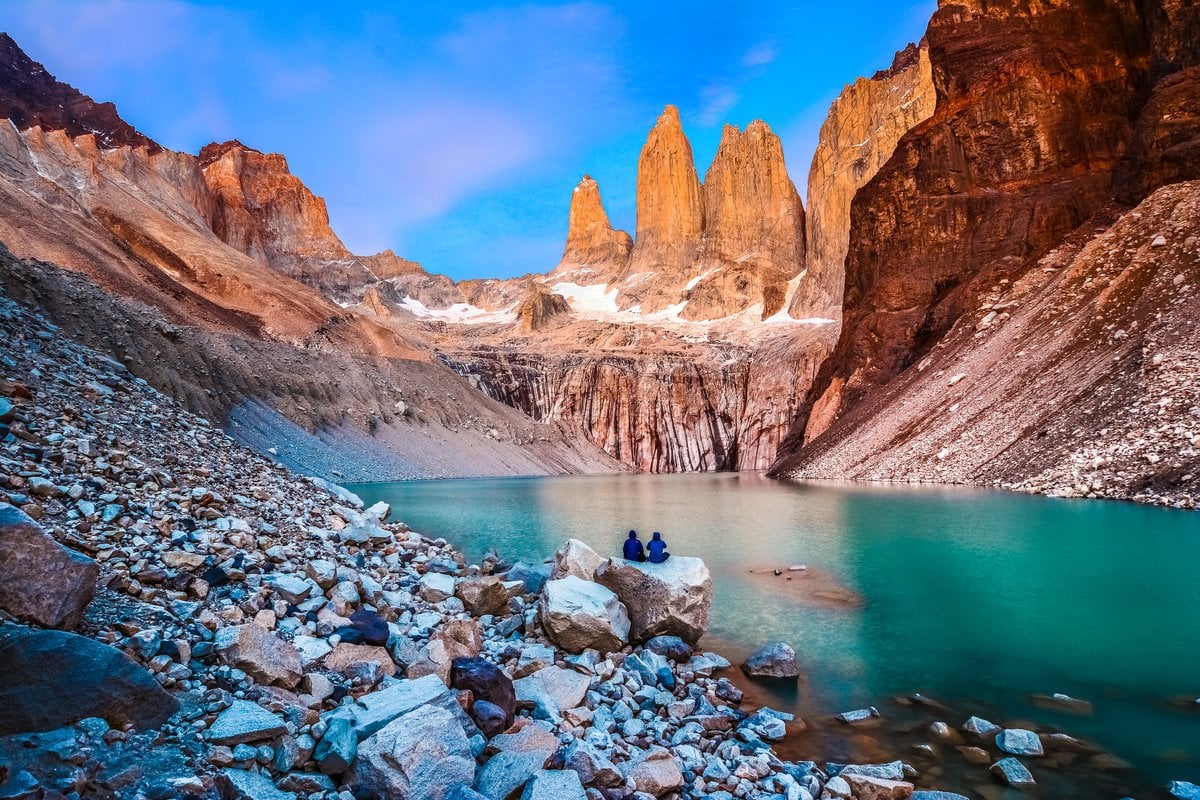
Patagonia – the great and sparsely populated region shared by Argentina and Chile - stretches from Atlantic to Pacific coasts, from the Lake districts in the north to Tierra del Fuego in the south. The topography is diverse: Andean peaks, immense glaciers and ice fields, fjords, lakes, temperate rainforest, steppes, deserts and rugged coastline. Wildlife equally diverse: marine mammals, seabirds, guanaco, Andean Condor; endemic species include the Patagonia Maras, lesser Rhea, huemul (Patagonian deer), pudú, to name just a few. In Southern Patagonia there are the premier areas of Los Glaciares National Park, Tierra del Fuego and Torres del Paine National Park. Perito Moreno, Upsala and Viedma are just three of the spectacular glaciers that can be visited up close (and explored on foot). Southern Patagonia is home to expansive sheep ranching estancias. Many of these historic estancias have opened their doors to travelers who wish to experience authentic life much like the ancestors and original settlers of past centuries. Accommodations range from rustic homesteads to high-end luxury. The Lakes districts in Northern Patagonia straddles Chile and Argentina. Bariloche, the principle city of northern Patagonia in Argentina, is the base for exploring the lakes and national parks on the eastern side of the Andes. To the west, the Chile Lake District from Pucon to Puerto Varas, is dotted with scenic lakes and shadowed by volcanoes. The splendid Lakes Crossing between Argentina and Chile is one of the highlights to any trip to Patagonia. Remote and long-range overland routes span Patagonia on both sides of the Andes. The Austral Highway in Chile stretches from Puerto Montt in the Lakes District south for 770 miles past the tiny town of Villa O’Higgins to the border with Argentina. The Austral Highway is a prime destination for adventure travelers whether by bicycle or 4x4 vehicle. The route passes through the Aysen Region, one of the most beautiful in Patagonia with fjords, waterfalls, hiking trails, mountains and glaciers. Argentina’s National Route 40 runs along the eastern side of the Andes the length of Patagonia to Rio Gallegos, its southern terminus. In Patagonia a lifetime of adventures are at hand, and foot: hiking, overnight trekking, sea kayaking, fly fishing, horseback riding, river rafting and mountain biking.
Lost World Adventures Trips to Patagonia
PANTANAL – A WORLD OF WILDLIFE
.jpg?width=1680&name=Pantanal%20(2).jpg)
The Amazon may be a grand natural wonderland but not the best place to spot wildlife. Declared by UNESCO as a World Biosphere Reserve and a Natural Patrimony of Mankind, the Pantanal is an ecological paradise and a premier destination for wildlife spotting. The Pantanal is the world's largest tropical wetland and home to the greatest concentration of animal life in the Western Hemisphere. Although mostly in Brazil, the vast Pantanal floodplain spreads into the neighboring countries of Paraguay and Bolivia. The biodiversity includes over 650 different bird species, 260 fish species, 80 species of mammals, 50 reptile species and more than 1,700 species of plants. Alligators, capybaras, Brazilian otters, monkeys, blue macaws, herons, cormorants, ibises, curassows, parakeets, parrots, toucans, and wood ibises are just a few of the animals that inhabit the Pantanal landscape. Endangered or threatened species and some of the rarest animals to inhabit the Pantanal wetlands include the marsh deer, the giant river otter, the hyacinth macaw, the crowned solitary eagle, the maned wolf, the bush dog, the South American tapir and the giant anteater. The Pantanal is home to one of the largest and healthiest jaguar populations on Earth. The cycle of flood and drought affects all life in the Pantanal, rainfall dictating the movements of the wildlife. During the rainy season of October through April the levels of the rivers and lakes rise and flood the land thus concentrating much of the animal life on the dry lands. The fish, in contrast, spread into the forests, feeding from plants and trees. From May to September the rains have slowed and the waters recede, concentrating the fish in the lakes and ponds, which in turn attract huge crowds of birds that feed themselves and their new offspring. As the floods continue to recede the mammals and reptiles migrate in search of water sources thus enabling tourists and specialists to easily spot and study them. Access to the Pantanal is usually via the gateway cities of Cuiaba and Campo Grande. From the airport you will transfer to one of the many lodges, or fazendas. The Pantanal is dotted with ecolodges such as Pousada do Rio Mutum, Caiman Ecological Refuge, Barranco Alto, Barra Mansa, Fazenda Baía das Pedras. Depending on the season guided excursions are by boat, jeep, on foot and horseback. The dynamic and contantly changing Pantanal wetlands offer travelers endless and year-round opportunities for a nature experience of a lifetime.

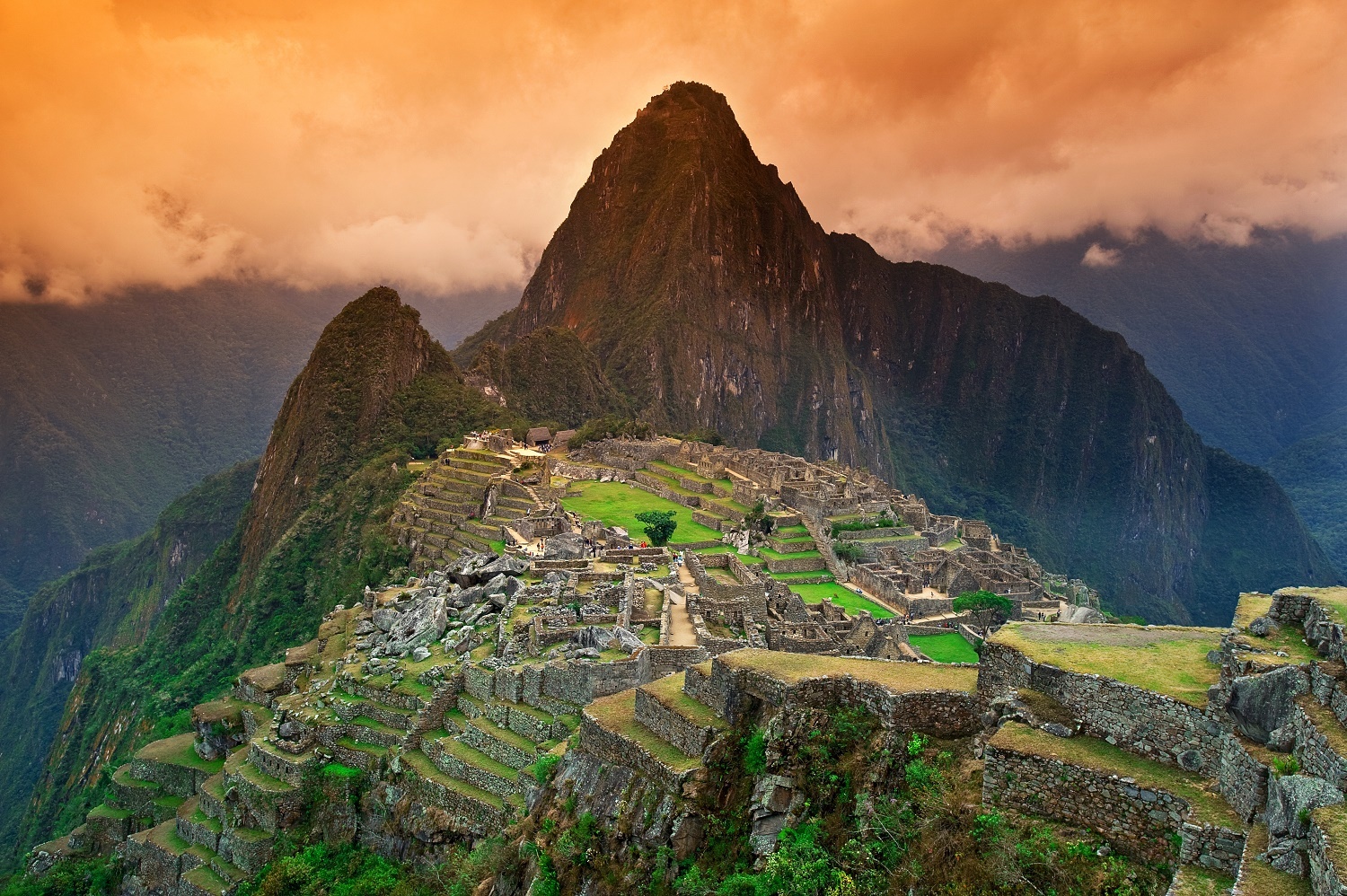


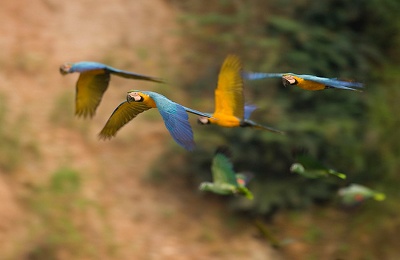

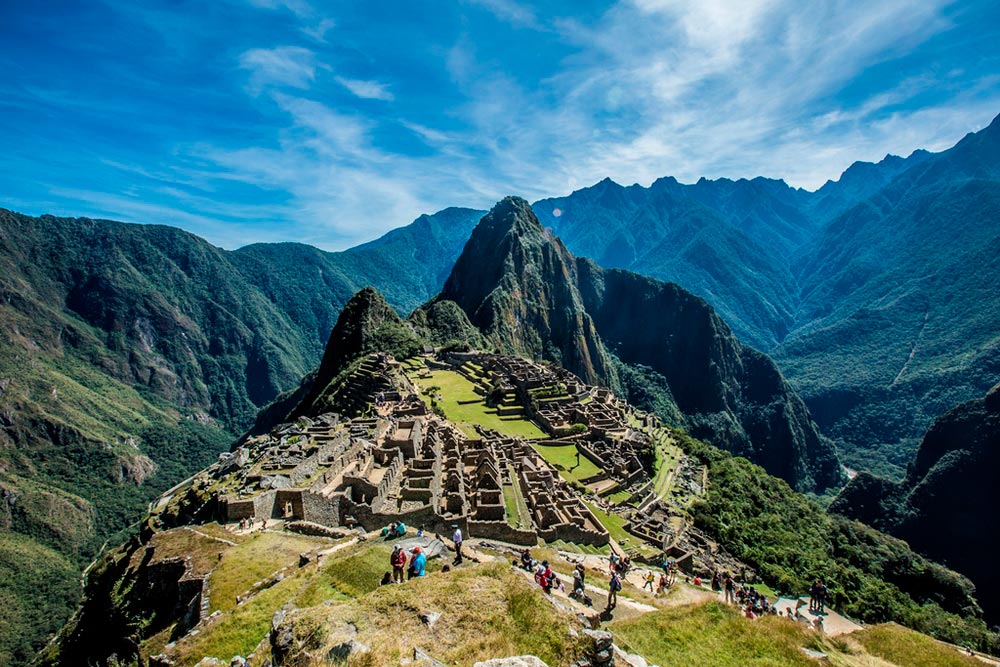
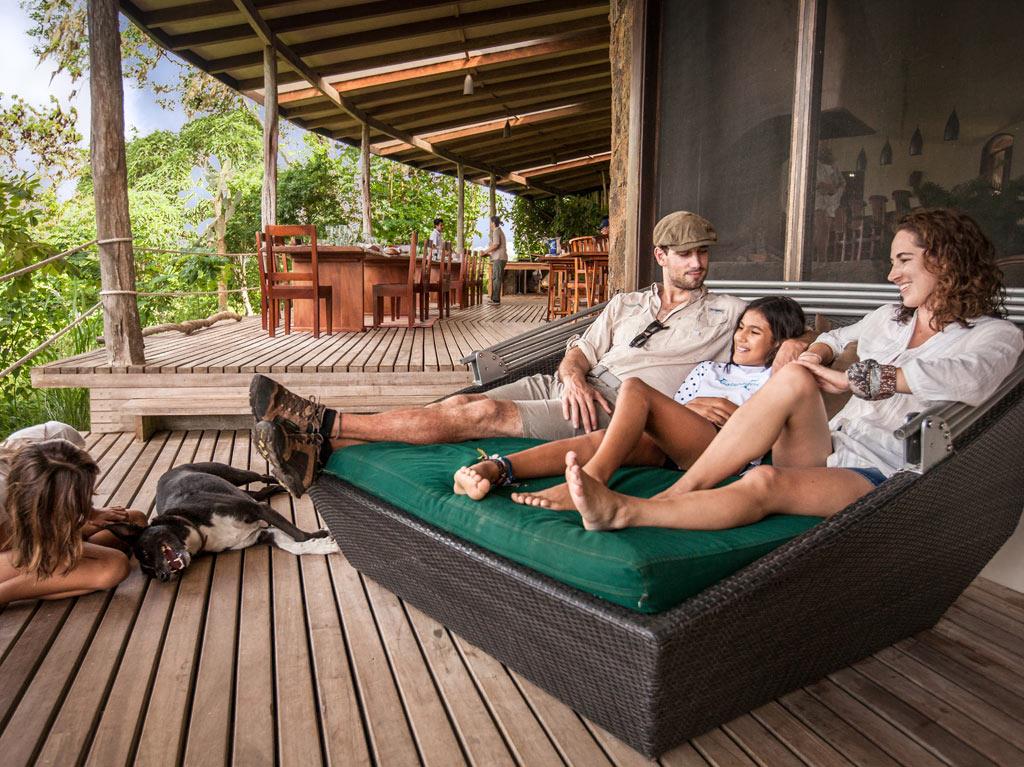
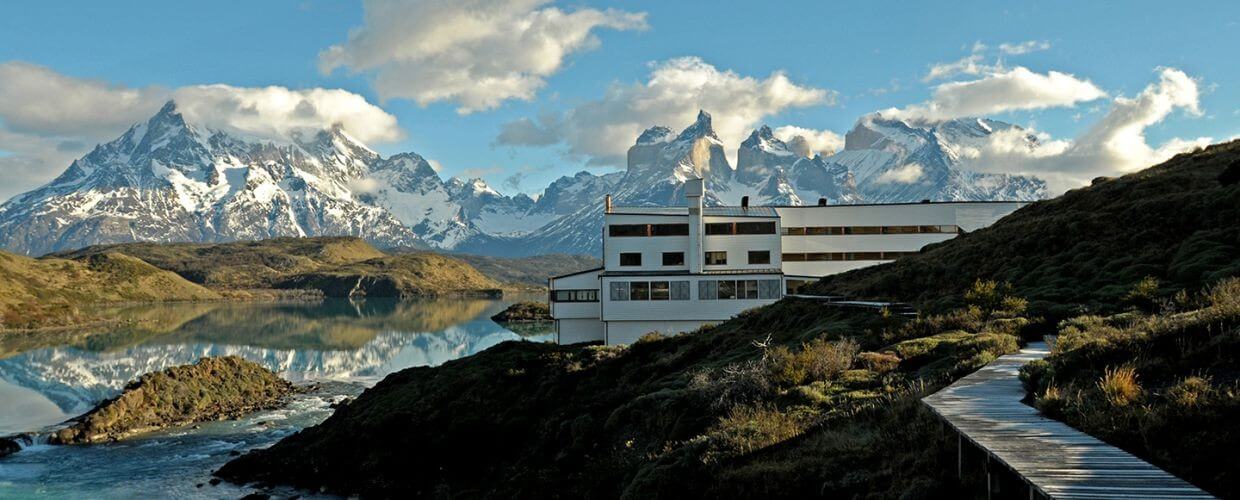
.jpg)
